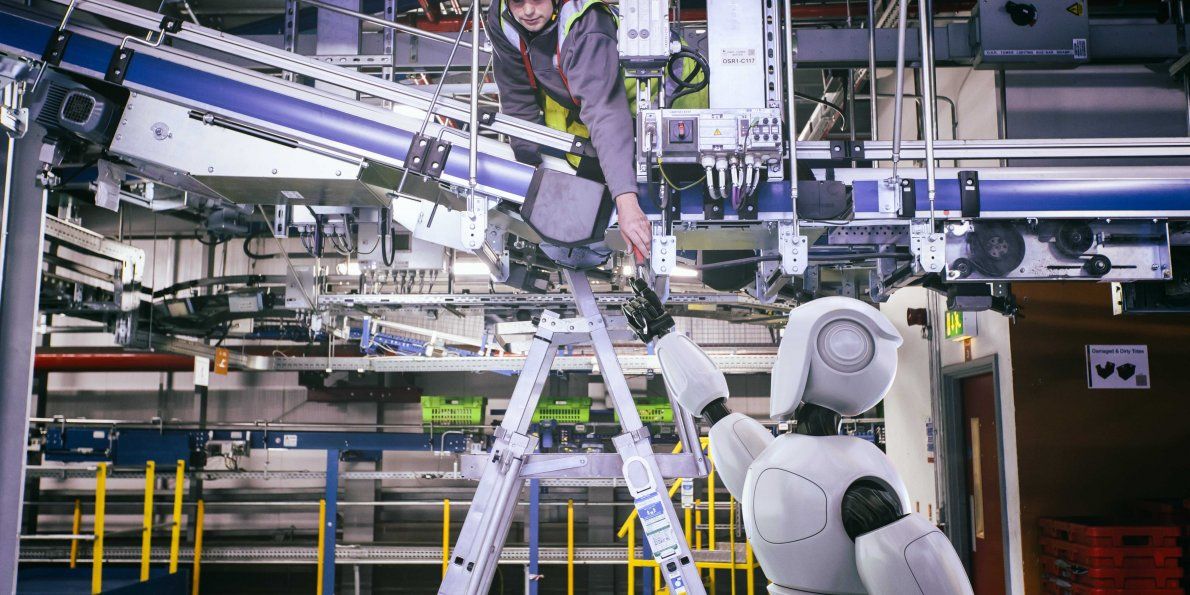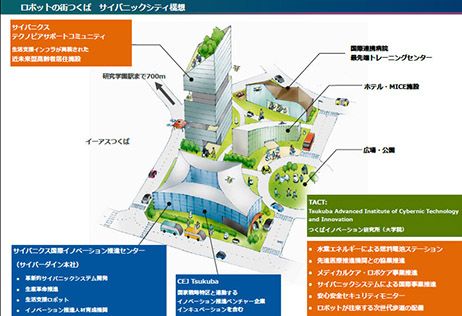Feb 10, 2016
Ocado’s tech chief gave us an inside look into how it plans to revolutionise the world with automation and robots
Posted by Karen Hurst in categories: business, robotics/AI
Machine operating as machine yes; machine trying to operate like a human not even close.
Meanwhile, Ocado is continuing to carve out some cutting edge inventions that are set to transform the logistics and communications sectors. Ocado’s director of technology Paul Clarke gave us an inside look into the tech side of the business and hinted at what’s in store for the future.

OcadoOcado’s director of technology, Paul Clarke.

















